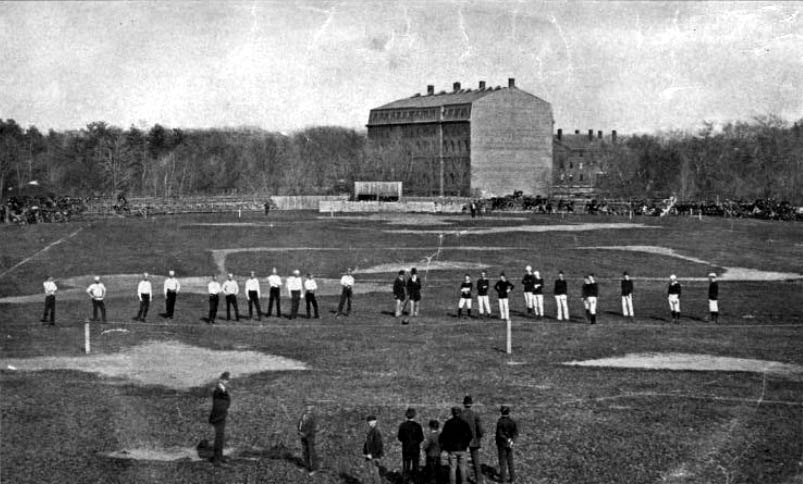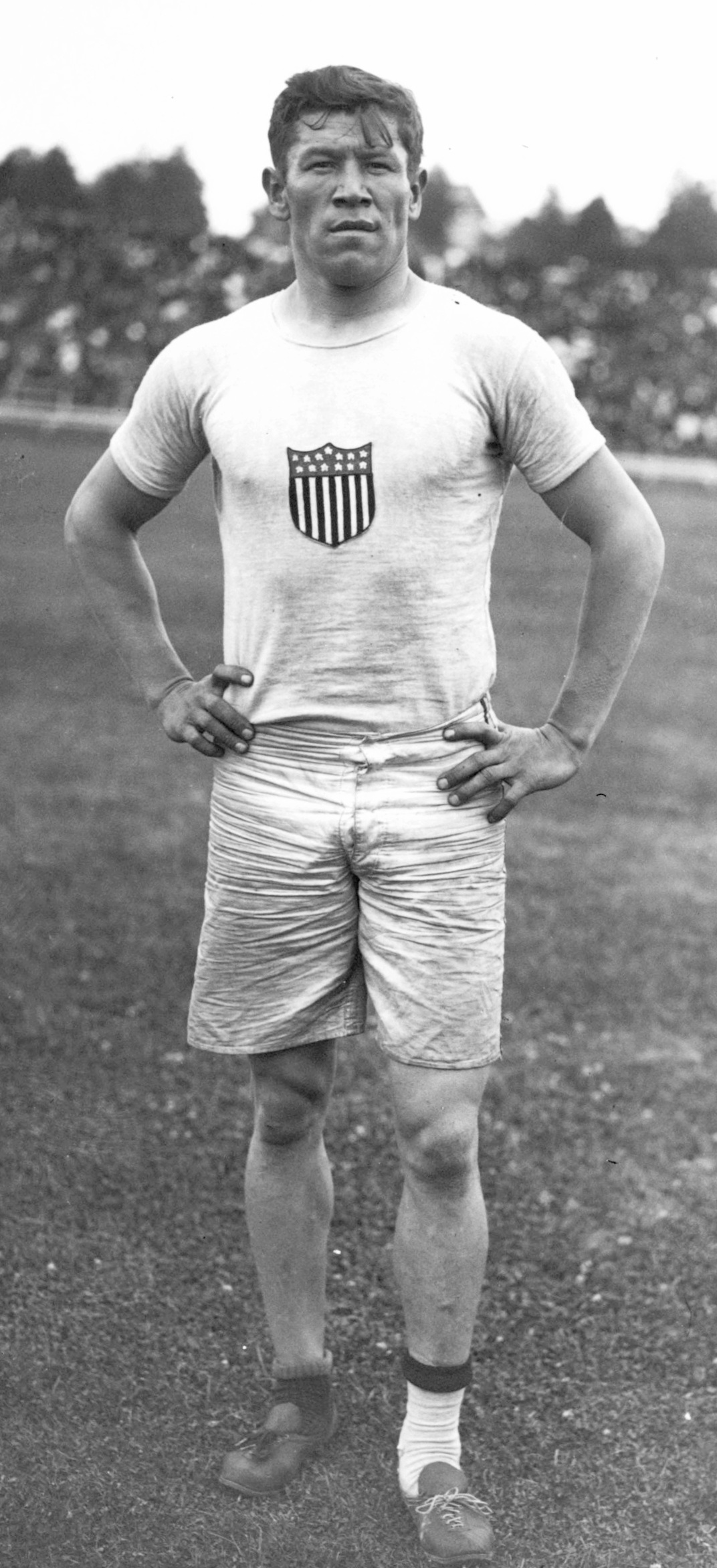|
Art Luppino
Arthur Luppino (born c. 1934), also known as "the Cactus Comet", was an American football player. He grew up in La Jolla, California, and played college football for the Arizona Wildcats football team. He twice led the NCAA major colleges in rushing yardage with 1,359 rushing yards in 1954 and 1,313 rushing yards in 1955. In 1954, he also broke the NCAA modern-era single-season scoring record with 166 points. Luppino became a school teacher in San Diego, retiring in the mid-90s. He also owned a martial arts studio and a gun shop. See also * List of NCAA major college football yearly rushing leaders * List of NCAA major college football yearly scoring leaders * List of NCAA major college yearly punt and kickoff return leaders The list of NCAA major college football yearly punt and kickoff return leaders identifies the major college leaders for each season from 1939 to the present. It includes yearly leaders in four statistical categories: (1) total punt return yardage, ... Ref ... [...More Info...] [...Related Items...] OR: [Wikipedia] [Google] [Baidu] |
Halfback (American Football)
A halfback (HB) is an offensive position in American football, whose duties involve lining up in the offensive backfield and carrying the ball on most rushing plays, i.e. a running back. When the principal ball carrier lines up deep in the backfield, and especially when that player is placed behind another player (usually a blocking back), as in the I formation, that player is instead referred to as a tailback. Sometimes the halfback can catch the ball from the backfield on short passing plays as they are an eligible receiver. Occasionally, they line up as additional wide receivers. When not running or catching the ball, the primary responsibility of a halfback is to aid the offensive linemen in blocking, either to protect the quarterback or another player carrying the football. History Overview Before the emergence of the T formation in the 1940s, all members of the offensive backfield were legitimate threats to run or pass the ball. Most teams used four offensive back ... [...More Info...] [...Related Items...] OR: [Wikipedia] [Google] [Baidu] |
1954 College Football Season
The 1954 college football season saw three teams finish unbeaten and untied, with Ohio State Buckeyes and the UCLA Bruins sharing the national championship as the No. 1 picks of the AP Poll and the UPI Poll, respectively. Although the winners of the Big Ten and the Pacific conferences normally met in the Rose Bowl, a "no repeat" prevented the two champions from meeting. UCLA, which had been in the Rose Bowl earlier in the year, was replaced by conference runner-up USC. During the 20th century, the NCAA had no playoff for the college football teams that would later be described as "Division I-A". The NCAA did recognize a national champion based upon the final results of "wire service" (AP and UPI) polls. The extent of that recognition came in the form of acknowledgment in the annual ''NCAA Football Guide'' of the "unofficial" national champions. The AP poll in 1954 consisted of the votes of as many as 419 sportswriters. Though not all writers voted in every poll, each would ... [...More Info...] [...Related Items...] OR: [Wikipedia] [Google] [Baidu] |
1955 College Football Season
The 1955 college football season saw the Oklahoma Sooners win the national championship after going 10–0–0. Although the final poll was taken before the postseason bowl games, Oklahoma played against the nation's other unbeaten and untied (10–0–0) team, the Maryland Terrapins, at the Orange Bowl in Miami, and won 20–6. During the 20th century, the NCAA had no playoff for the college football teams that would later be described as "Division I-A". The NCAA did recognize a national champion based upon the final results of "wire service" ( AP and UPI) polls. The extent of that recognition came in the form of acknowledgment in the annual ''NCAA Football Guide'' of the "unofficial" national champions. The AP poll in 1955 consisted of the votes of as many as 391 sportswriters. Though not all writers voted in every poll, each would give their opinion of the twenty best teams. Under a point system of 20 points for first place, 19 for second, etc., the "overall" ranking was d ... [...More Info...] [...Related Items...] OR: [Wikipedia] [Google] [Baidu] |
Arizona Wildcats Football
The Arizona Wildcats football program represents the University of Arizona (UA) in the sport of American college football. Arizona competes in the Football Bowl Subdivision (FBS) of the National Collegiate Athletic Association (NCAA) and the Pac-12 Conference#Divisions, South Division of the Pac-12 Conference (Pac-12). They play their home games at Arizona Stadium, which opened in 1929 on the university's campus in Tucson, Arizona, and has a capacity of 50,782. The team is coached by Jedd Fisch. Arizona's inaugural season was in 1889. The school joined the Pac-10 Conference in 1978 alongside rival Arizona State Sun Devils, Arizona State, and became a member of the Pac-12 South Division when the conference realigned in 2011. The Wildcats have won six conference championships (including the 1993 Pac-10 title) and made 21 bowl appearances, one of which are among the New Year's Six Bowls. History Early history (1899–1979) The varsity football program at the University of Arizon ... [...More Info...] [...Related Items...] OR: [Wikipedia] [Google] [Baidu] |
American Football
American football (referred to simply as football in the United States and Canada), also known as gridiron, is a team sport played by two teams of eleven players on a rectangular field with goalposts at each end. The offense, the team with possession of the oval-shaped football, attempts to advance down the field by running with the ball or passing it, while the defense, the team without possession of the ball, aims to stop the offense's advance and to take control of the ball for themselves. The offense must advance at least ten yards in four downs or plays; if they fail, they turn over the football to the defense, but if they succeed, they are given a new set of four downs to continue the drive. Points are scored primarily by advancing the ball into the opposing team's end zone for a touchdown or kicking the ball through the opponent's goalposts for a field goal. The team with the most points at the end of a game wins. American football evolved in the United States, ... [...More Info...] [...Related Items...] OR: [Wikipedia] [Google] [Baidu] |
La Jolla, California
La Jolla ( , ) is a hilly, seaside neighborhood within the city of San Diego, California, United States, occupying of curving coastline along the Pacific Ocean. The population reported in the 2010 census was 46,781. La Jolla is surrounded on three sides by ocean bluffs and beaches and is located north of Downtown San Diego and south of the Orange County, California, Orange County line. The climate is mild, with an average daily temperature of . La Jolla is home to many educational institutions and a variety of businesses in the areas of lodging, dining, shopping, software, finance, real estate, bioengineering, medical practice and scientific research. The University of California, San Diego (UCSD) is located in La Jolla, as are the Salk Institute for Biological Studies, Salk Institute, Scripps Institution of Oceanography (part of UCSD), Scripps Research Institute, and the headquarters of National University (California), National University (though its academic campuses are ... [...More Info...] [...Related Items...] OR: [Wikipedia] [Google] [Baidu] |
College Football
College football (french: Football universitaire) refers to gridiron football played by teams of student athletes. It was through college football play that American football rules first gained popularity in the United States. Unlike most other sports in North America, no official minor league farm organizations exist in American or Canadian football. Therefore, college football is generally considered to be the second tier of American and Canadian football; one step ahead of high school competition, and one step below professional competition (the NFL). In some areas of the US, especially the South and the Midwest, college football is more popular than professional football, and for much of the 20th century college football was seen as more prestigious. A player's performance in college football directly impacts his chances of playing professional football. The best collegiate players will typically declare for the professional draft after three to four years of colleg ... [...More Info...] [...Related Items...] OR: [Wikipedia] [Google] [Baidu] |
List Of NCAA Major College Football Yearly Rushing Leaders
The list of college football yearly rushing leaders identifies the major college rushing leaders for each season from 1937 to the present. It includes yearly leaders in three statistical categories: (1) rushing yardage; (2) yards per carry; and (3) rushing touchdowns. Overview Seven players since 1937 have led the country in rushing yardage in multiple seasons. They are Ricky Williams of Texas (1997–1998), Troy Davis of Iowa State (1995–1996), Charles White of USC (1978–1979), O. J. Simpson of USC (1967–1968), Preacher Pilot of New Mexico State (1961–1962), Art Luppino of Arizona (1954–1955), and Rudy Mobley of Hardin-Simmons (1942, 1946). Three programs have had different players lead the country in rushing yardage in consecutive seasons. The first was Hardin–Simmons, with Wilton Davis following Mobley as the rushing leader in 1947. The second, New Mexico State, is the only one to have had the nation's rushing leader in more than two consecutive seasons. Pervis ... [...More Info...] [...Related Items...] OR: [Wikipedia] [Google] [Baidu] |
List Of NCAA Major College Football Yearly Scoring Leaders
The list of NCAA major college football yearly scoring leaders identifies the NCAA major college scoring leaders. Beginning with the 1937 college football season, when the NCAA began maintaining official records, the list includes each year's leaders both in total points scored and in points scored per game. The list is limited to players for major college programs, which includes the NCAA Division I Football Bowl Subdivision (2006–present), NCAA Division I-A (1978–2005), and NCAA University Division (1956–1977). Scoring leaders since 1937 Pre-1937 unofficial data Before 1937 the NCAA did not compile official statistics. This chart reflects unofficial scoring statistics for years prior to 1937. References {{DEFAULTSORT:List of NCAA major college football yearly scoring leaders Scoring Score or scorer may refer to: *Test score, the result of an exam or test Business * Score Digital, now part of Bauer Radio * Score Entertainment, a former American trading car ... [...More Info...] [...Related Items...] OR: [Wikipedia] [Google] [Baidu] |
List Of NCAA Major College Yearly Punt And Kickoff Return Leaders
The list of NCAA major college football yearly punt and kickoff return leaders identifies the major college leaders for each season from 1939 to the present. It includes yearly leaders in four statistical categories: (1) total punt return yardage, and (2) yards per punt return, (3) total kickoff return yardage, and (4) yards per kickoff return. Prior to 1970, the NCAA determined the punt and kickoff return champions based on total yardage. Starting in 1970, the return champions were determined based on yards per return. Unless otherwise noted, return champions and yardage totals for the years 1939 to 2021 are taken from the NCAA's "Football Bowl Subdivision Records" publication. Return leaders Key † = Winner of that year's Heisman Trophy Bold = Figure established an NCAA major college record References {{DEFAULTSORT:List of college football yearly passing leaders Return Return may refer to: In business, economics, and finance * Return on investment (ROI), the financial ... [...More Info...] [...Related Items...] OR: [Wikipedia] [Google] [Baidu] |
American Football Halfbacks
American(s) may refer to: * American, something of, from, or related to the United States of America, commonly known as the "United States" or "America" ** Americans, citizens and nationals of the United States of America ** American ancestry, people who self-identify their ancestry as "American" ** American English, the set of varieties of the English language native to the United States ** Native Americans in the United States, indigenous peoples of the United States * American, something of, from, or related to the Americas, also known as "America" ** Indigenous peoples of the Americas * American (word), for analysis and history of the meanings in various contexts Organizations * American Airlines, U.S.-based airline headquartered in Fort Worth, Texas * American Athletic Conference, an American college athletic conference * American Recordings (record label), a record label previously known as Def American * American University, in Washington, D.C. Sports teams Soccer * B ... [...More Info...] [...Related Items...] OR: [Wikipedia] [Google] [Baidu] |
Arizona Wildcats Football Players
Arizona ( ; nv, Hoozdo Hahoodzo ; ood, Alĭ ṣonak ) is a state in the Southwestern United States. It is the 6th largest and the 14th most populous of the 50 states. Its capital and largest city is Phoenix. Arizona is part of the Four Corners region with Utah to the north, Colorado to the northeast, and New Mexico to the east; its other neighboring states are Nevada to the northwest, California to the west and the Mexican states of Sonora and Baja California to the south and southwest. Arizona is the 48th state and last of the contiguous states to be admitted to the Union, achieving statehood on February 14, 1912. Historically part of the territory of in New Spain, it became part of independent Mexico in 1821. After being defeated in the Mexican–American War, Mexico ceded much of this territory to the United States in 1848. The southernmost portion of the state was acquired in 1853 through the Gadsden Purchase. Southern Arizona is known for its desert climate, with ve ... [...More Info...] [...Related Items...] OR: [Wikipedia] [Google] [Baidu] |


.jpg)


